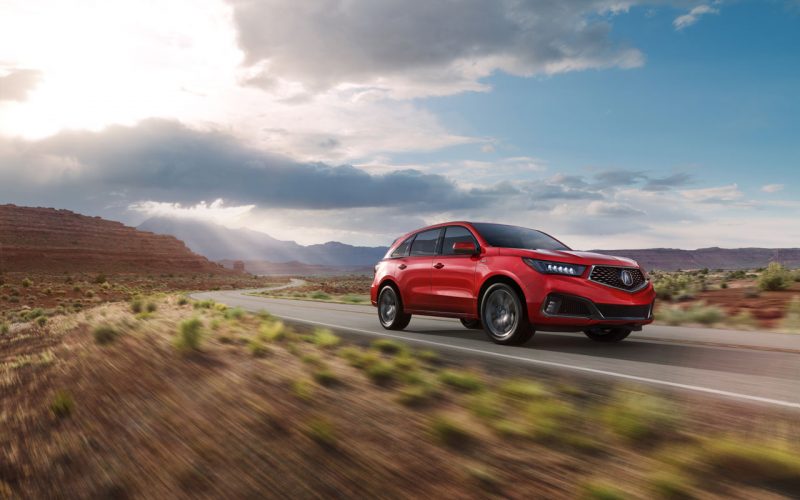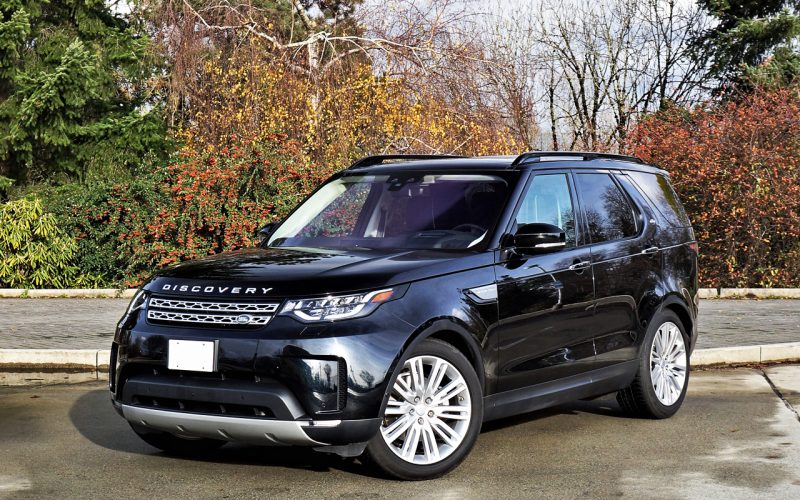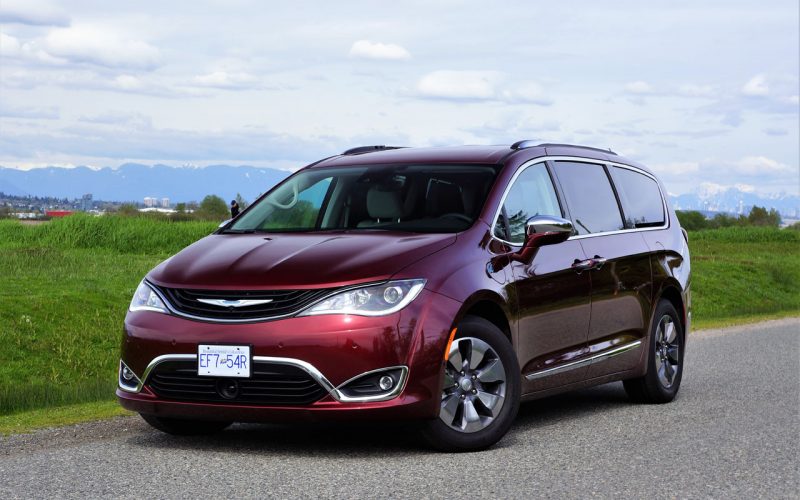
Reading Time: 3 minutesAcura has made a name for itself by producing cars and crossover SUVs that perform very

Reading Time: 12 minutesLand Rover sold 686 examples of its Discovery in Canada from its first month of May

Reading Time: 4 minutesIn the mainstream volume auto sector only Daimler’s Smart brand has fewer models than FCA’s Chrysler.
© 2025 The Car Magazine. All Rights Reserved, Privacy Policy | Terms of Use